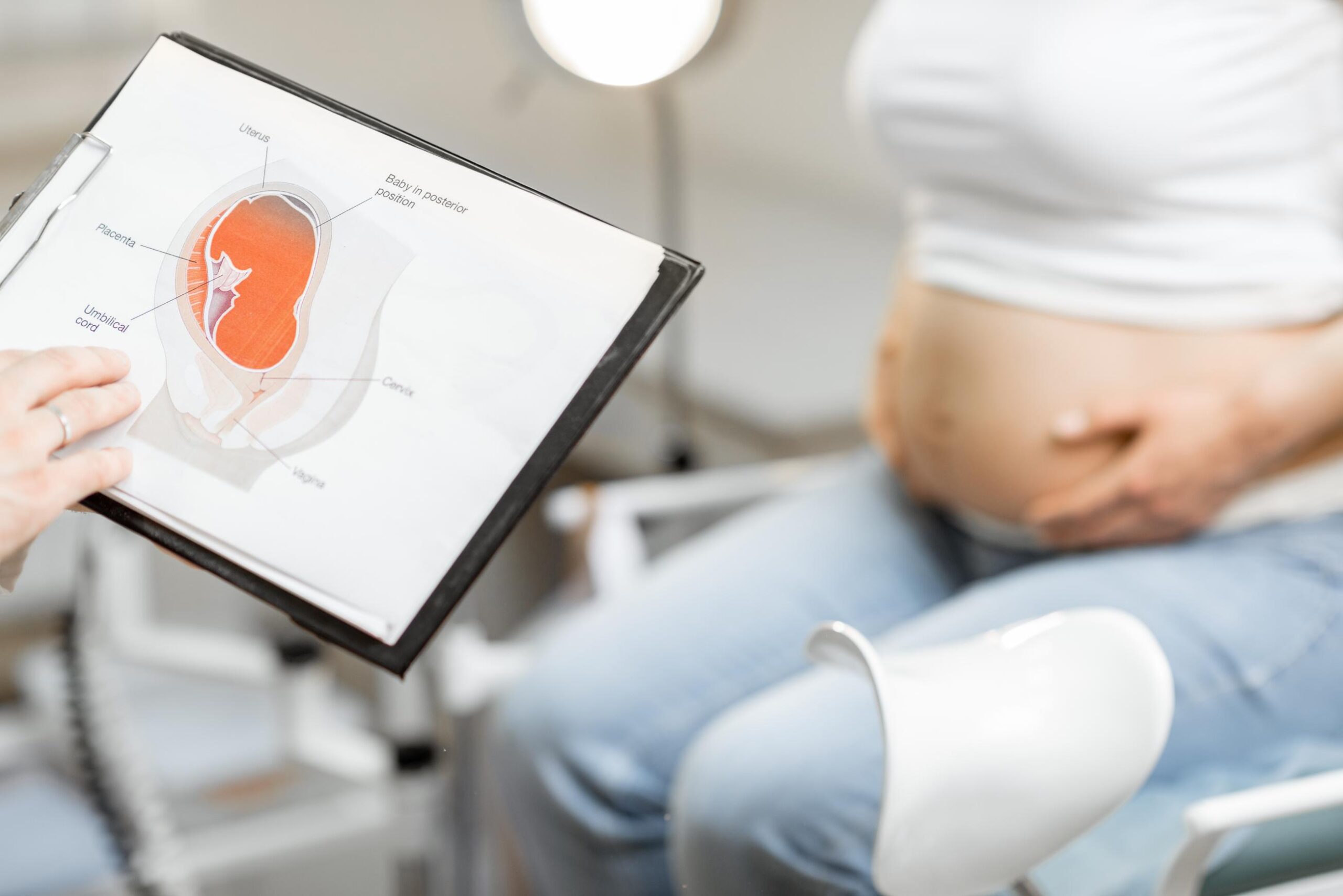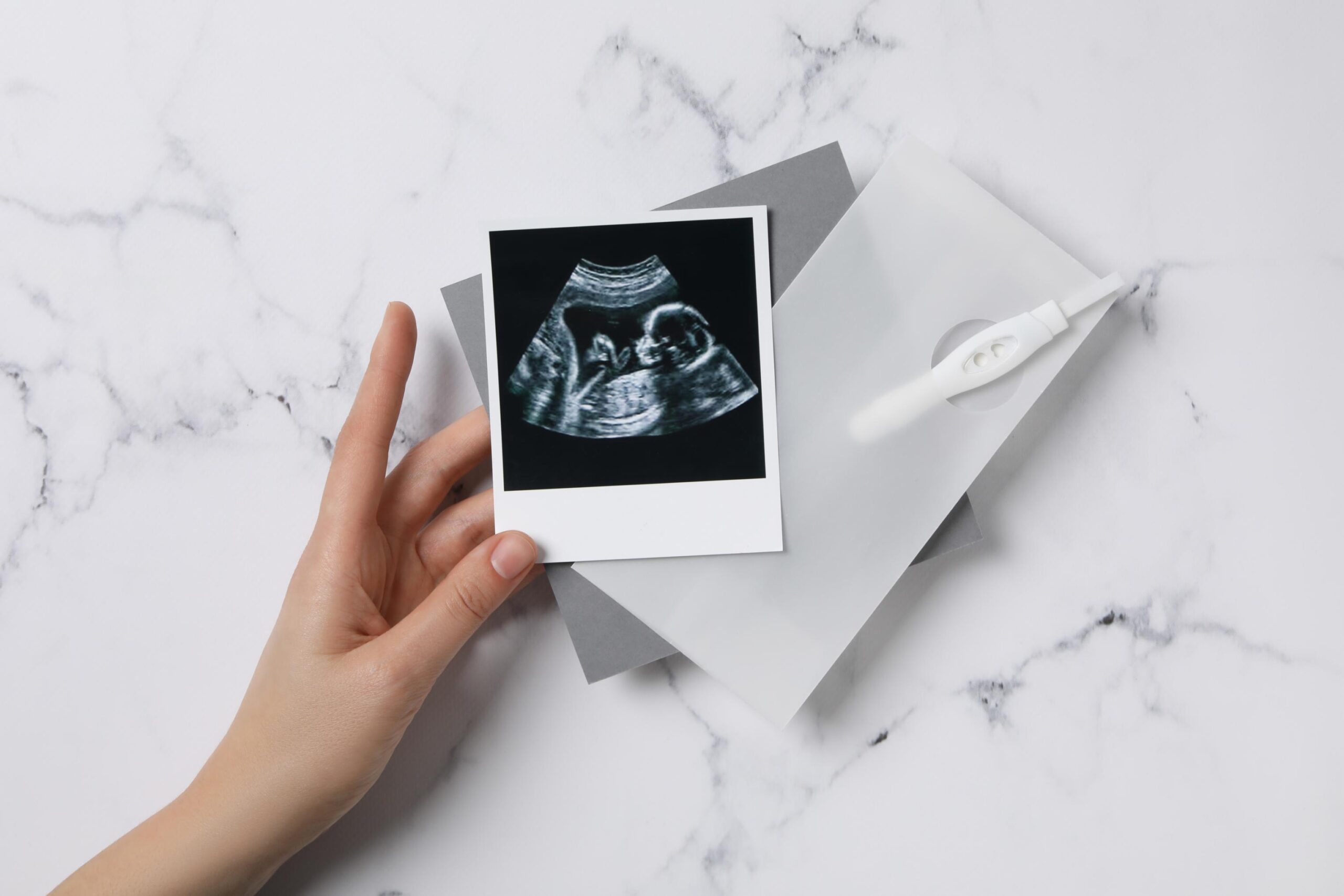
In Ioannis Raptis’ clinic, infertility issues are treated according to the guidelines of the “Frankfurt Hormone School, Germany ” (Frankfurter Hormonschule). Doctor’s CV >
What is in virto fertilization (IVF)?
In vitro fertilization offers a solution for women and couples who wish to have a child, but they are unable due to infertility issues.
During the process, eggs are collected from the woman and they are fertilized in the lab using the man’s sperm. Subsequently, the fertilized eggs (embryos) are transferred to the woman’s uterus, aiming at their implantation.
It is of utmost importance to note that the success of the process depends on various factors, with the most important being the woman’s age, the quality of the sperm, the cause of the infertility, and the training of the responsible gynecologist and embryologist.


In which cases is in vitro fertilization recommended?
Reasons that typically lead specialists to assist with the method of in vitro fertilization include:
- Fallopian tube blockage
- Quality or quantity issues with the sperm
- Quality or quantity issues with the eggs (most often in women over 37 years old)
- Failure of other assisted reproduction techniques (e.g. ovulation induction, sperm injection, etc.)
- Unexplained infertility
What is the process of in vitro fertilization?
In vitro fertilization is distinguished into the following stages:
- Ovarian stimulation and egg production
Depending on the protocol followed, a regimen of injectable drugs is administered to the woman for a period of 10-14 days. In this way, multiple eggs (follicles) develop simultaneously. Sequential ultrasounds are conducted during this process to monitor the maturation of the follicles. Once these have sufficiently developed, ovulation is induced at a certain time point in order to schedule the retrieval of the eggs (ovum pick up).
- Egg retrieval
Using a needle and an ultrasound machine, the doctor collects the eggs from the ovaries through the vagina. This is a brief, painless, and absolutely safe procedure, for which the woman receives light anesthesia. One hour after the completion of the ovum pick up, the woman returns to her daily life.
On the same day, the man provides the sperm, which will be used for the creation of embryos.
- In vitro fertilization
After proper preparation, embryologists mix eggs and sperm with the aim of fertilization. The next day, the number of fertilizations is evaluated and four days later, the number of embryos (blastocysts) which are about to be transferred is assessed.
- Embryo transfer
After five days of monitoring, the blastocysts are placed in a special catheter and injected into the woman’s uterus. This is a straightforward procedure that does not require the administration of anesthesia. After the embryo transfer, the patient should lie down for half an hour and then she can return home. Ten to fourteen days later, a successful conception is determined with a simple pregnancy test.


Why opt for in vitro fertilization with gynecologist Ioannis Raptis?
- Infertility issues are managed according to the guidelines of the “Frankfurt Hormone School” (Frankfurter Hormonschule).
- Our clinic’s success rates (pregnancy with positive cardiac activity), documented at Hygeia IVF Embryogenesis Clinic, are significantly above the international and Greek average.
- For women with intermediate reserves, a long stimulation protocol is followed, ensuring the maximum number of mature eggs.
- Transfers of exclusively 5th or 6th day embryos (blastocysts) are performed. This method allows the natural elimination of embryos with genetic abnormalities and low fertilization likelihoods.
- For women with less than ideal prognosis (over 35 years old, failed attempts in the past, etc.), the culture medium EmbryoGlue is used during embryo transfer, which has been proven to increase the likelihood of success by 25-40%.

With the assurance of the “Frankfurt Hormone School” (Frankfurter Hormonschule) and the “German Society of Obstetrics and Gynecology” (DGGG).
